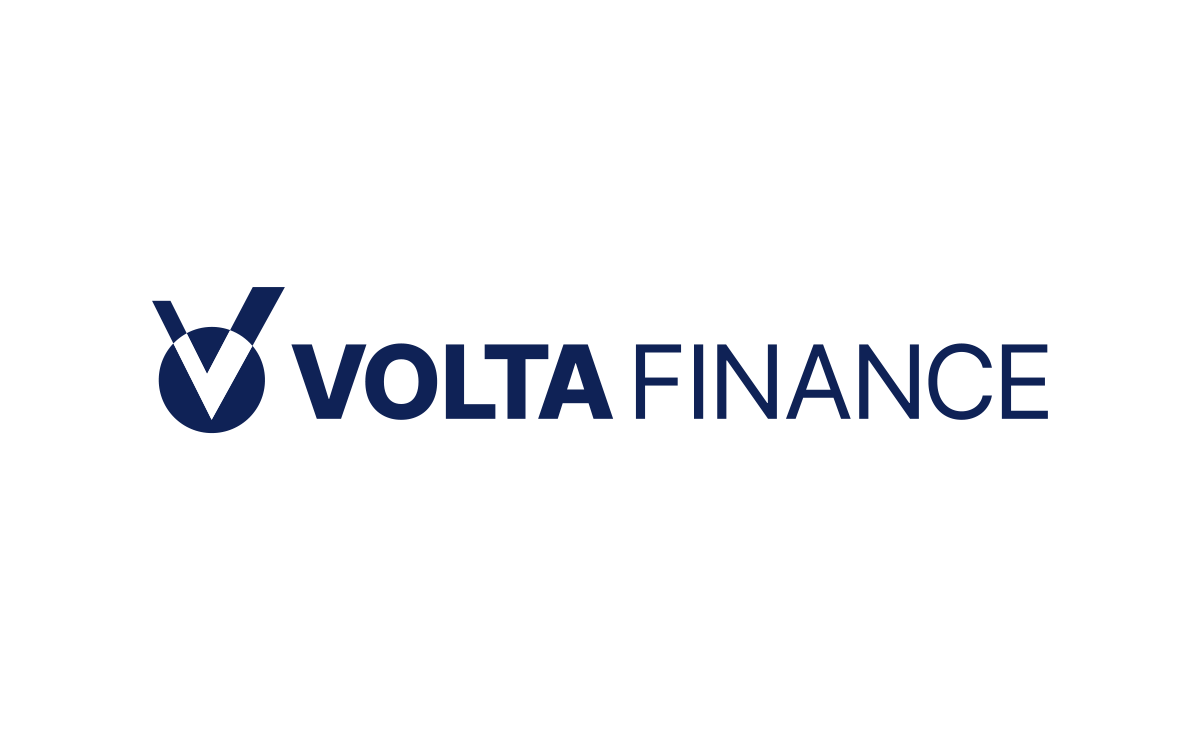In the ever-evolving landscape of technology, Uber Technologies, Inc. (NYSE: UBER) stands as a formidable entity with its expansive reach across the globe. As of today, Uber boasts a market capitalization of $181.05 billion, underscoring its significant presence within the software application industry. For individual investors, understanding the intricacies of Uber’s performance and future potential is key to making informed decisions.
Uber’s current trading price is $86.58, hovering close to the upper end of its 52-week range of $58.48 to $92.46. This price stability is further complemented by a potential upside of 11.63%, based on the average analyst target price of $96.65. Such prospects highlight the company’s appeal, reinforced by a strong consensus of 45 buy ratings against just 9 hold ratings and zero sell recommendations. The target price range spans from $76.00 to $115.00, reflecting diverse analyst perspectives but generally pointing towards positive sentiment.
Despite the absence of a trailing P/E ratio, the forward P/E stands at 19.62, suggesting a reasonable valuation based on projected earnings. The lack of a PEG ratio, price/book, and price/sales metrics makes it challenging to evaluate Uber’s valuation through traditional means, yet its robust revenue growth of 13.80% and a remarkable return on equity of 69.38% provide compelling indicators of its operational efficiency and profitability potential.
Uber’s financial health is further exemplified by its free cash flow of over $5.4 billion, a critical metric for sustaining growth and operational flexibility. However, the absence of dividend yield and a payout ratio of 0.00% indicates that Uber is prioritizing reinvestment over returning cash to shareholders, a typical strategy for growth-oriented companies.
Technical indicators present a nuanced picture; the stock’s 50-day moving average of $81.03 and 200-day moving average of $74.19 suggest a generally upward trend, although the RSI (14) at 41.58 indicates that Uber is not currently overbought, offering potential entry points for investors. The MACD and Signal Line values of 0.81 and 1.25, respectively, may hint at upcoming bullish momentum, although investors should remain cautious given the current market volatility.
Uber operates through three key segments: Mobility, Delivery, and Freight, each contributing to its expansive global footprint. The Mobility segment is synonymous with ridesharing and has been a pivotal growth driver, while the Delivery segment has expanded beyond meals to include groceries and retail, addressing a broader consumer need. The Freight segment further diversifies Uber’s revenue streams by connecting shippers and carriers through a digital marketplace, showcasing its innovative approach to logistics.
Founded in 2009 and headquartered in San Francisco, Uber has continuously evolved, adapting to market demands and technological advancements. As Uber continues to innovate and expand its market presence, investors should keep a close eye on its strategic initiatives and market trends that may affect its stock performance.
In the realm of technology stocks, Uber stands out with its robust market position and growth potential. While the lack of traditional valuation metrics provides a challenge, its strong revenue growth, operational efficiency, and analyst confidence offer a promising outlook for those considering an investment in this tech titan.








































